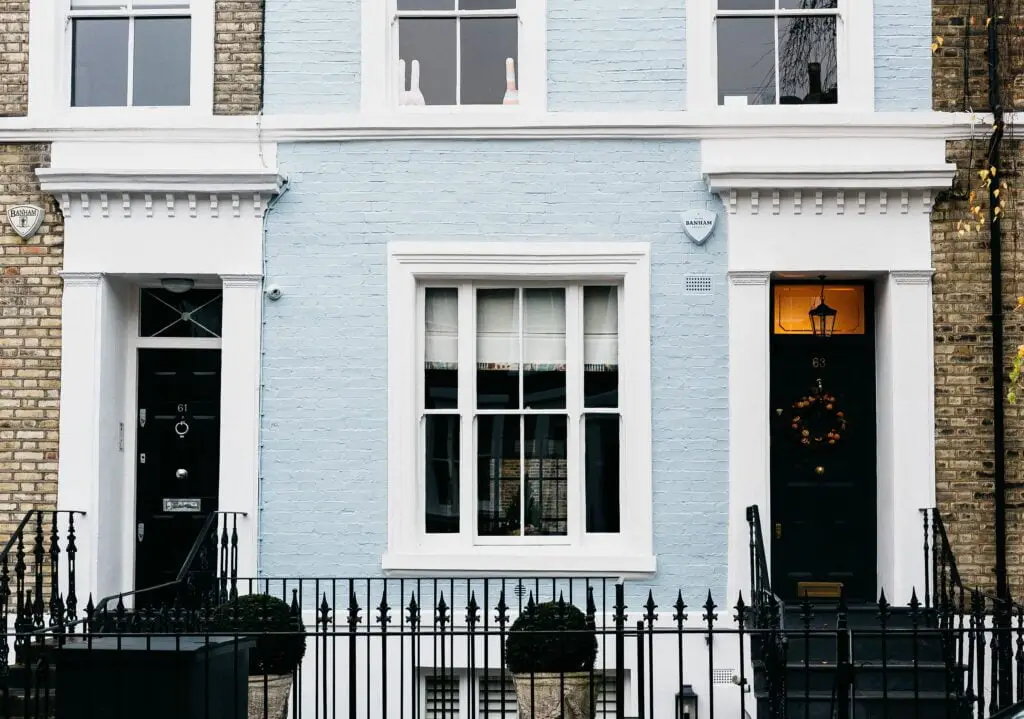Many individuals in the Philippines face considerable challenges due to a lack of affordable housing. High housing prices and scarcity make it difficult for low-income families to locate acceptable accommodation.
To address this issue, low-cost housing alternatives that are both inexpensive and sustainable are required.
Low-Cost Housing in the Philippines
Low-cost housing refers to dwellings that are designed and constructed to be affordable to low-income families. These residences are frequently smaller and simpler than standard residences, but they are nonetheless useful and comfortable.
Both the government and the private sector in the Philippines have established low-cost housing schemes. These projects seek to offer low-income families with affordable housing, particularly in metropolitan areas where housing is in short supply.

Design Considerations
Many aspects must be considered while developing low-cost homes in the Philippines. The cost of materials and construction, the location of the house, and the needs of the intended residents are all factors to consider.
Low-cost housing is frequently designed with an emphasis on simplicity and efficiency to save money. Prefabricated materials, such as concrete panels or steel frames, can be used to save construction time and labor costs.
Location is also an important consideration in low-cost house design. Houses are frequently constructed in places near public transit and essential services like as water and electricity. This can help to cut transportation expenses while also improving access to critical services.
Sustainable Features
Sustainability is also an important consideration in the design of low-cost housing. Solar panels, LED lighting, and low-flow plumbing fixtures are common energy-efficient features in new homes. These improvements can help homeowners save money on energy and make their homes more ecologically friendly.
Low-cost housing programs sometimes include community spaces and green areas in addition to energy-efficient features. These areas can improve residents’ quality of life and foster a sense of community.
Financing Options
Another key feature of low-cost housing developments in the Philippines is financing. Because many low-income families cannot afford to buy a home outright, financing solutions are critical.
Subsidies, microfinance loans, and rent-to-own programs are among the funding solutions established by the government and private sector for low-cost housing. These initiatives help low-income families achieve homeownership and give them with a sense of stability and security.
Conclusion
Low-cost housing is an important answer to the housing demands of low-income families in the Philippines. Low-cost housing programs can provide secure and comfortable homes for individuals in need by constructing homes with cost efficiency, sustainability, and community in mind.
Low-cost housing can also give a sense of stability and security for low-income families by providing financing options that make homeownership more accessible.
The Philippines can solve the urgent issue of affordable housing and improve the lives of millions of people by continuing to engage in low-cost housing initiatives.
To know the pricelist of grout, Tile Grout Guaranteed Best Construction Material Philippines’ Prices
To know other construction guides, tips, and methodology for beginners, veterans, and contractors, please see here.
To know the flood prone areas in the Philippines, Top 10 Flood-Prone Areas to Live in the Philippines.
To know more about Concrete Hollow Blocks, Simple Reasons Why Hollow Blocks are Highly Used in the Philippines
To know more about Hammers and Nails, Tips for Guaranteed Best Technique for Hammering Nails
To know more about Tees and Wyes, What is the Guaranteed Best to Use: Sanitary Tee Vs Wye
